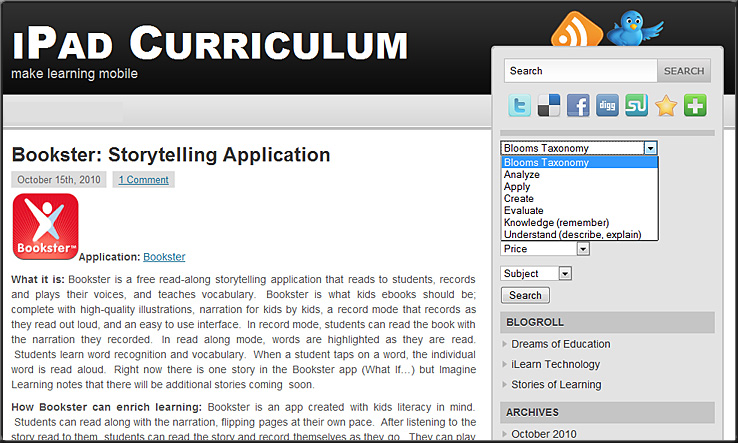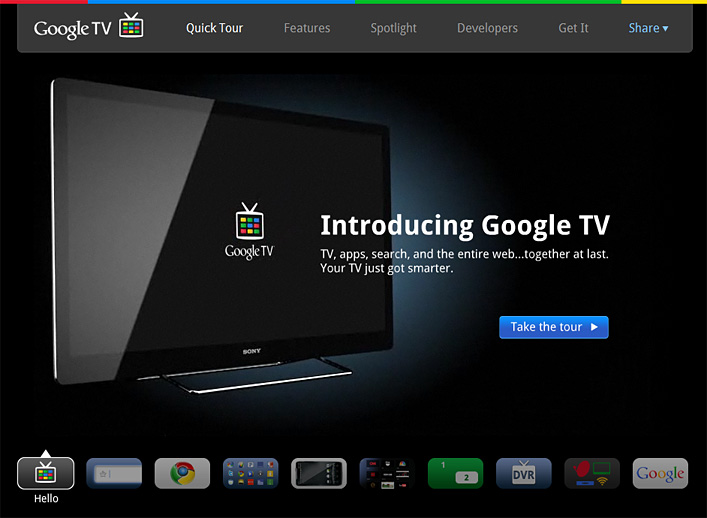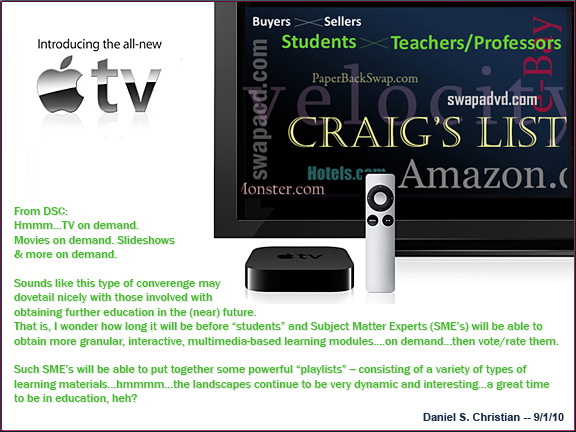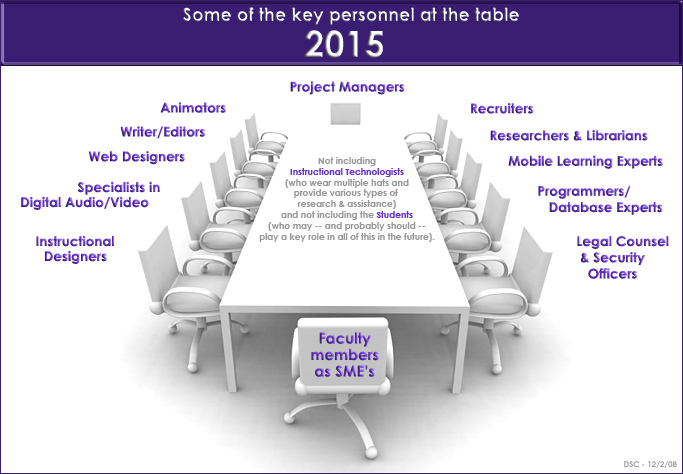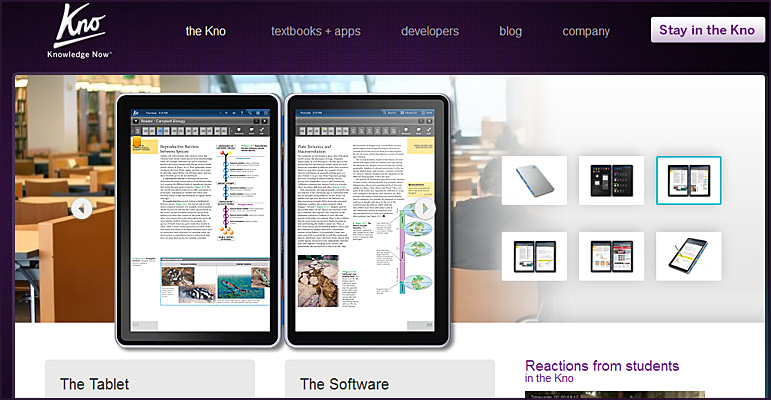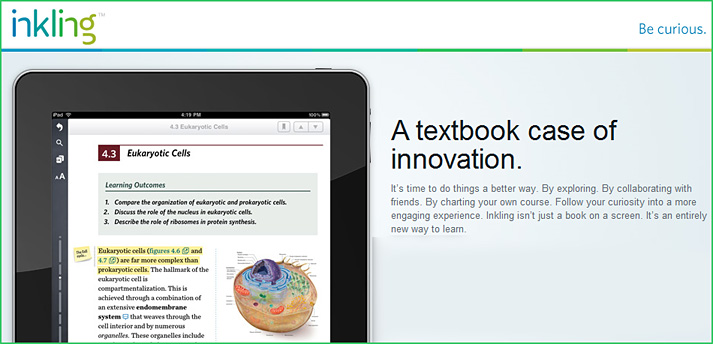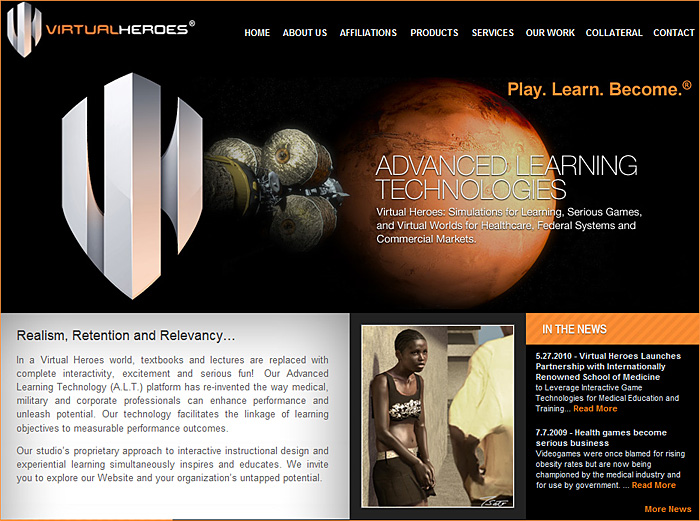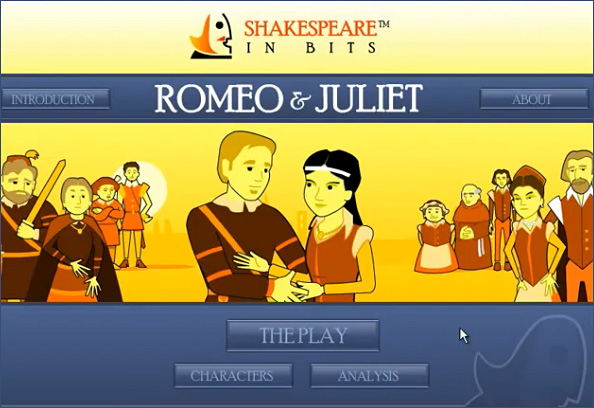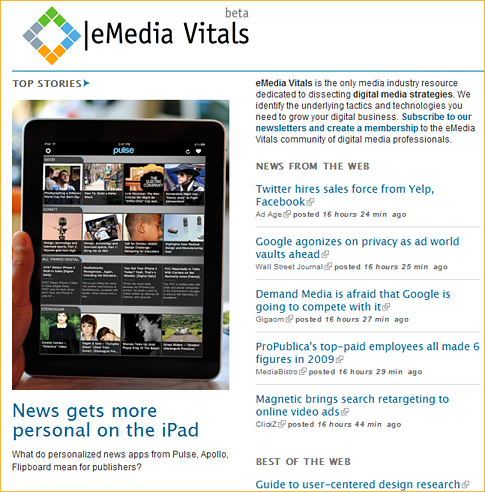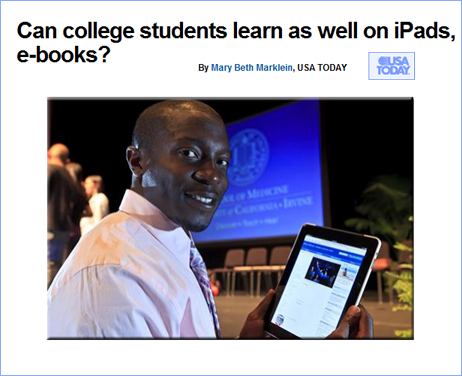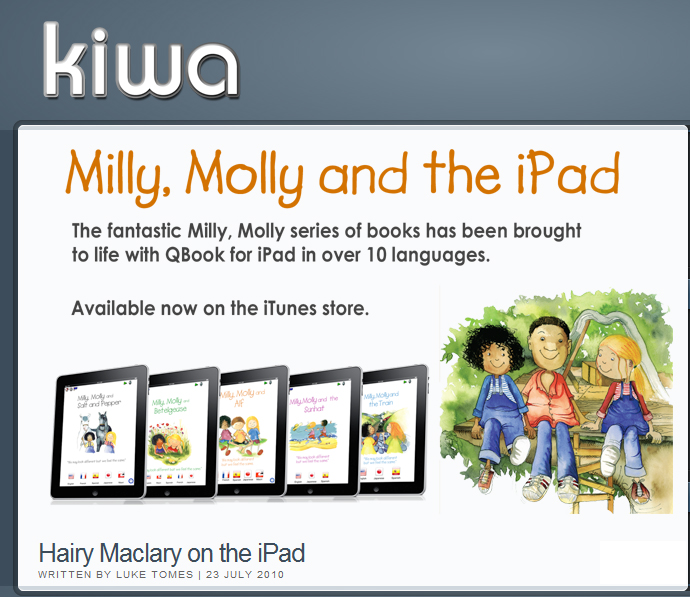.
Also see:
.
.
Addendums:
10-5-10– from Google announces TV deals with HBO, NBA, others
“One of our goals with Google TV is to finally open up the living room and enable new innovation from content creators, programmers, developers and advertisers,” Ambarish Kenghe, developer product manager for Google TV, said in the post.
Kno breaks new ground with the world’s first single screen tablet textbook
Kno continues the pace of innovation in integrated learning with a smaller version of the Kno
TechCrunch Disrupt Conference — San Francisco, CA – September 27, 2010 –Kno, Inc., the groundbreaking tablet textbook and dynamic learning platform, today announced its further commitment to the education market with a single screen version of its tablet textbook. The single screen version extends the breakthroughs and functionality of the dual screen version announced in June.
“Kno fundamentally improves the way students learn,” said Osman Rashid, the CEO and Co-Founder of Kno, Inc. “We are driven to innovate in a category that has been static for too long. Even though the Kno pays for itself in 13 months, the smaller up front investment of the single screen version will allow more students to use our learning platform.”
Kno, short for knowledge, is a transformative learning platform that blends a touch-screen tablet, digital textbooks, course materials, note-taking, web access, educational applications, digital media, sharing and more into a powerful and engaging educational experience that is not available on any other tablet or eReader today.
“From day one, we designed the Kno with flexibility in mind,” said Babur Habib, CTO and Co-Founder of Kno, Inc. “We developed the product to have multiple configurations and meet different student needs. The single screen maintains the elegance of our fluid, intuitive interface while capturing the richness and ‘page fidelity’ of the original textbook.”
The company plans to ship both the single and two-screen tablet textbooks to consumers by the end of 2010. Pricing and pre-order announcements will be made in the coming months.
Also see:
Create ePub ebooks for iPad, Nook, eReaders — from Miguel Guhlin
But what about turning your students into creators of ePub ebooks? If you can save your document to HTML–and most word processors can these days–then you are in business. Ereaders are finding their way into schools. You can also create ePubs in a variety of ways.
Here are some of the tools available to accomplish that…
Why is the device compelling? [Marc] Andreessen and [Osman] Rashid talk about how Kno is offering a total product – software, hardware and services – that will be compelling to the college user. They can purchase textbooks and view them just as they look in printed format. Users will be able to take notes, draw on the pages, etc., just like the print versions. And they’ll be able to access those books on a variety of devices – even eventually their desktop and laptops – because Kno’s software is built on webkit and designed to run on a variety of hardware setups. And there’s a normal web browser too for the Internet in general.
As for textbook pricing, Rashid says the model will work. Imagine an iTunes for college textbooks, he says, and users who purchase the tablet and all their books will be paying about the same amount v. just buying print books over the first 13 months. That means individual books on the Kno will be priced lower than the average of $100 for the print versions.
Leveraging digital media across the higher education campus
Phil Ice, Ed.D., Dir. of Course Design, R&D, American Public University System
Sebastian Diaz, Ph.D., J.D., Assoc.Professor, Technology, Learning and Culture, West Virginia University
Ellen Wagner, Ph.D., Executive Director, WCET
Note: This webinar from earlier today was sponsored by Adobe. This is the white paper from that webinar, which contains the below excerpts:
The Multimedia Landscape in Higher Education
In higher education, the effective integration of rich multimedia assets and platforms (and the requisite design and development skills demanded for their effective use) has become an expectation from schools of design, art, and communications. Engineering and journalism programs have recognized that as technology transforms industries, students with design and development proficiencies are in high demand. The obvious value of improving analytical and digital communications for teachers is now being addressed through initiatives such as the i3 Fund. Relatively less attention has typically been given to the integration and use of multimedia in other disciplines.
Emerging New Media Literacy in Academia
This paper has thus far explored the implications that collaborative, creative software solutions have on how we evaluate academic work. Just as importantly, one needs to consider the changing nature of how we communicate that work within the Academy. As the prices for video cameras continue to fall, the expectations for manifesting our work in new media formats will continue to rise. Given the availability of software such as Adobe Premiere Pro, we are finding that it is increasingly quite reasonable to expect that students possess the tools and skills necessary to produce representations of their work in dynamic visual formats, as is evidenced by www.YouTube.com. Although for a while it was believed that YouTube was an online version of America’s Favorite Home Videos, it is dangerous to assume that this phenomenon is merely a fad among the younger generation. Today’s YouTube is a marketing machine used by commercial and nonprofit entities alike, an online school and a news portal as well. YouTube serves as an accurate indicator of how newer generations will express themselves personally, artistically, and academically through what is commonly referred to as new media literacy.
Conclusion
Members of the Academy should anticipate that in the future conventionally printed papers will be replaced by much more dynamic multimedia representations of academic work. This applies not only to student assignments, examinations, and theses; it also applies to faculty work. Even as we begin to struggle with the fundamental shift from paper-based publication of work to electronic formats on the Internet, we also need to anticipate that in the near future, this research will take on new media formats. To help our faculty prepare for these changes, academic institutions must develop formal and informal faculty development initiatives to address the changes. In anticipation of these changes, it is imperative that academic departments and colleges begin to embrace technologies like Adobe Creative Suite such that we continue to develop our own intellectual capital as well as that of our respective institutions and the Academy.
From DSC:
I appreciated this well-done webinar. I also appreciate the work Adobe has done in the past and is currently doing.
I must say though, I struggle with how much we can load onto 1 person’s plate — i.e. the faculty member. We need a more team-oriented approach I think…as the bar continues to get higher and higher…and 1 person just can’t do it all anymore.
.
Also see:
- Inkling Announces Launch of Its Digital Textbook Platform
- Inkling brings textbooks to Apple’s iPad, wins funding from Sequoia
- Textbooks Up Their Game Inkling Adapting College Best Sellers for iPad, Capitalizing on Interactive Features
- Inkling – Adding value to digital textbooks
- Replacing a Pile of Textbooks With an iPad
The type of learning materials that can be produced by an organization such as Virtual Heroes is the type/quality of material that will be produced in a vision that I have been calling “The Forthcoming Walmart of Education.”
.
.
Also see:
- Duke U School of Medicine Expands Virtual Game Use for Future Doctors — from CampusTechnology.com by Dian Schaffhauser [via SteveKnode.com]
The Duke University School of Medicine is expanding its efforts to train future doctors in clinical skills through 3D virtual games. The school, which has about 421 students in its MD program, is once again teaming up with Virtual Heroes, a company that creates training products for healthcare, federal systems, and business. Virtual Heroes, a division of research and engineering firm Applied Research Associates, worked with the school in 2007 to create 3DiTeams, an immersive environment that allows participants to play a role in a team medical setting.
From DSC:
This is why I would encourage the U.S. government to see if they can get 1-2 billion — from the billionaires who are donating much of their wealth to charitable causes — in order to create such professionally-done, interactive, engaging, team-created learning materials. Then make those materials available — free of charge — throughout the world.
Kiwa Media Group is an award winning media company developing iPhone/iPod Touch & iPad Apps, digital content for books, producing film & television programs & digital content for the mobile music industry. Kiwa Media also provides software solutions for ADR and Language Dubbing across the globe. The company is led by President, Rhonda Kite.
Kiwa Media Group brands include QBook, SingQ, VoiceQ & Kiwa TV & Film Production. Kiwa is a registered Mac OS and iPhone developer.
Example product –> QBook – Bringing your stories to life
QBook™ is an interactive read-along digital colour picture book format designed by Kiwa Media for young children. QBook is an eBook, iPhone and iPad app that combines a narrators voice with original picture illustrations and touchable text that is synchronised to highlight and sound when words are touched.
From DSC:
Let’s picture that you are a 3-4 year old…and your parents get you one of these iPads. You begin to learn to read like this using an app like QBook. You grow up knowing this type of technology exists and you use gadgets like this all the time. They keep you engaged…they give you control of the content, pacing, etc.
Now fast forward to college. You’ll quickly see why I preach the dangers of the status quo.










